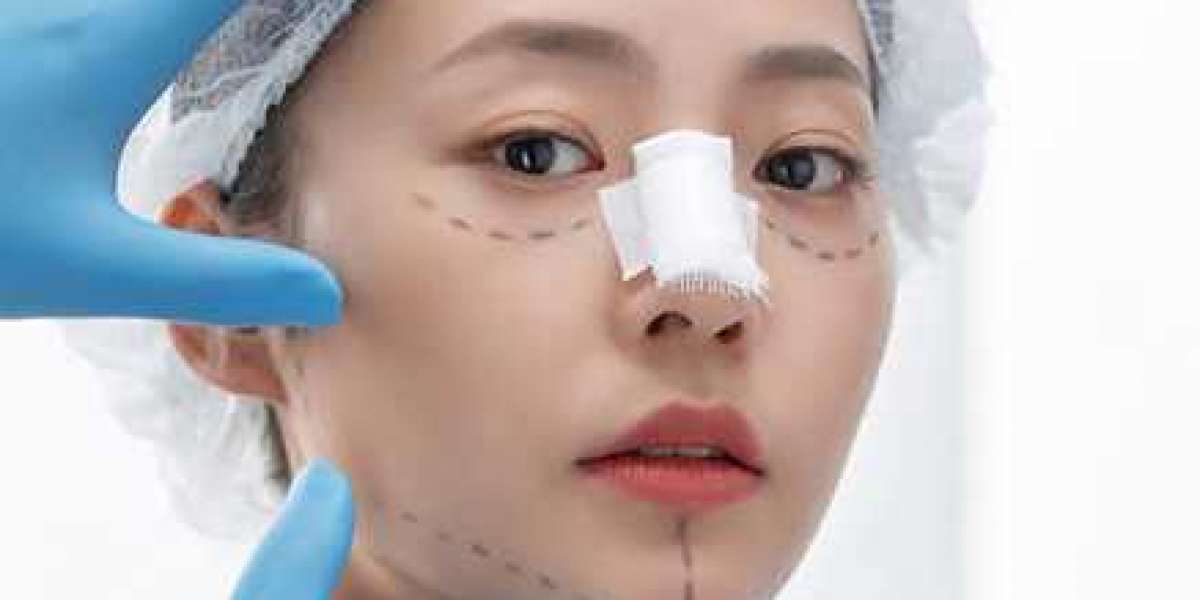. One of the first decisions you and your surgeon will make is choosing between the two main surgical techniques: open rhinoplasty and closed rhinoplasty. Each method has its unique advantages and considerations, making it important to understand the differences before proceeding.
In this article, we’ll break down the key features of open and closed rhinoplasty (جراحة تجميل الأنف في الرياض), helping you grasp which approach might be best suited to your individual needs.
What Is Rhinoplasty?
Before diving into the techniques, it’s helpful to know that rhinoplasty involves reshaping the nasal bones, cartilage, skin, or all three. Whether your goal is cosmetic enhancement or improved breathing, your surgeon will recommend a technique based on the complexity and goals of your procedure.
Closed Rhinoplasty: The “Inside” Approach
What Is Closed Rhinoplasty?
Closed rhinoplasty, also known as endonasal rhinoplasty, is performed through incisions made entirely inside the nostrils. This means no visible external scars after surgery, making it an attractive option for many patients.
Advantages of Closed Rhinoplasty
No visible scars: Since incisions are inside the nostrils, there’s no risk of external scarring.
Shorter surgery time: Closed procedures tend to be quicker due to limited exposure.
Reduced swelling and faster recovery: The less invasive nature of this technique usually means less tissue disruption.
Ideal for minor to moderate reshaping: It works well for patients needing subtle changes to nasal tip or bridge.
Limitations of Closed Rhinoplasty
Limited visibility and access: The surgeon has a narrower view and less access to nasal structures.
Not suitable for complex cases: Major reshaping or revision surgeries often require more exposure than closed rhinoplasty allows.
Surgeon expertise is critical: Because of the limited access, this technique demands high skill to avoid complications.
Open Rhinoplasty: The “Direct” Approach
What Is Open Rhinoplasty?
Open rhinoplasty involves an additional small incision across the columella, the tissue strip between the nostrils. This allows the surgeon to lift the skin off the nasal framework for a fuller, direct view of the bones and cartilage.
Advantages of Open Rhinoplasty
Better visualization: The surgeon can see and access all nasal structures clearly.
Ideal for complex cases: Open rhinoplasty is preferred for major reshaping, correction of asymmetry, or revision surgeries.
Precision sculpting: The enhanced access allows for intricate adjustments to the nasal tip, bridge, and other areas.
Easier to perform graft placements: When cartilage grafts are needed, open rhinoplasty facilitates their placement.
Limitations of Open Rhinoplasty
Visible scar: The small incision on the columella may leave a faint scar, though it typically fades over time.
Longer surgery and recovery: More extensive dissection can mean increased swelling and bruising, with a slightly longer healing period.
Potential for increased post-operative discomfort: Due to the nature of the approach.
Which Technique Is Right for You?
Choosing between open and closed rhinoplasty depends on:
Your aesthetic goals: Minor refinements might be well addressed with closed rhinoplasty, while significant reshaping usually requires open surgery.
Complexity of the procedure: Revision surgeries, major tip work, or structural corrections often necessitate open rhinoplasty.
Surgeon’s recommendation and expertise: Experienced surgeons assess your unique nasal anatomy and goals to suggest the optimal approach.
Recovery expectations: Consider your tolerance for swelling, bruising, and downtime.
Recovery Differences Between Open and Closed Rhinoplasty
Closed rhinoplasty recovery: Typically involves less swelling and bruising, with many patients returning to normal activities within 1-2 weeks.
Open rhinoplasty recovery: May involve more noticeable swelling, bruising, and a slightly longer healing process, sometimes up to 3 weeks or more.
Regardless of technique, most patients can expect initial swelling to subside within a few weeks, with final results becoming visible after several months.
Final Thoughts
Both open and closed rhinoplasty techniques offer safe, effective ways to improve the nose’s appearance and function. Understanding the benefits and limitations of each method can help you make an informed decision in partnership with your surgeon.
If you’re considering rhinoplasty, schedule a consultation with an experienced plastic surgeon who can evaluate your specific needs and recommend the best surgical approach tailored to your goals.







